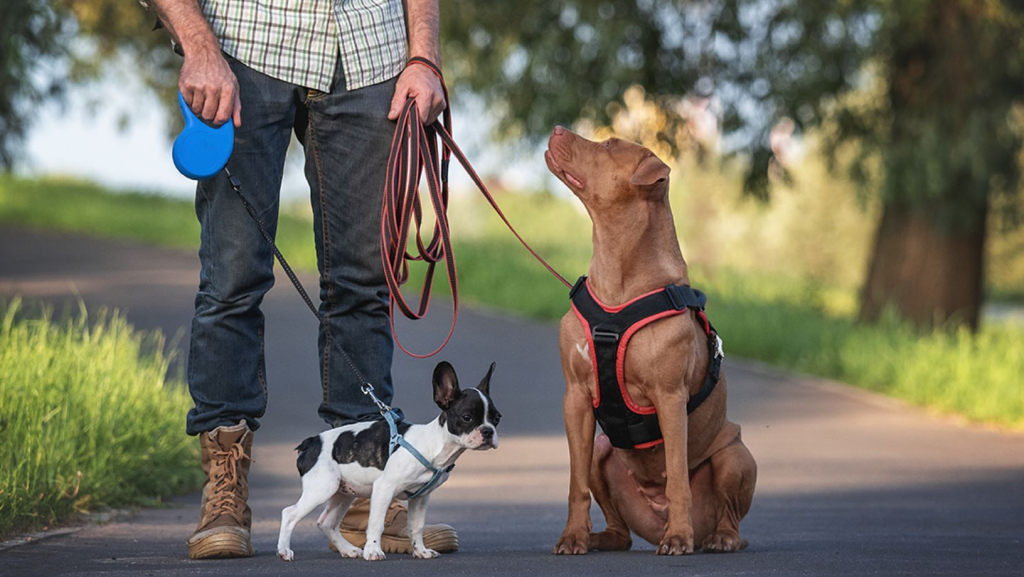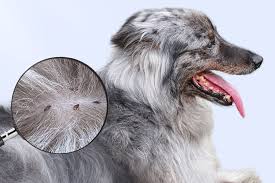
Choosing the right harness size for your dog is essential for comfort, control, and safety. An ill-fitting Dog Harness can cause discomfort, restrict movement, or even allow your dog to slip out. Whether you’re walking a playful puppy or a strong adult dog, here’s a comprehensive guide to help you select the perfect fit.
1. Understand Why Fit Matters
A well-fitted harness distributes pressure evenly across your dog’s chest and shoulders, reducing strain on the neck and back. Unlike collars, harnesses are ideal for dogs that pull or have respiratory issues. But a harness that’s too tight can chafe or restrict movement, while one that’s too loose can cause your dog to escape.
2. Measure Your Dog Correctly
The key to finding the right harness size is accurate measurement. You’ll need a soft measuring tape and a cooperative pup. Focus on two primary measurements:
- Chest Girth: This is the most critical measurement. Wrap the tape around the widest part of your dog’s chest, just behind the front legs.
- Neck Girth: Some harnesses also require a neck measurement, which should be taken around the base of the neck, where a collar would sit.
Always add about 1-2 inches (or two fingers’ width) to your measurements to ensure comfort and room for adjustment.
3. Refer to the Brand’s Sizing Chart
Not all harnesses are sized the same across different brands. After taking measurements, compare them with the sizing chart provided by the manufacturer. If your dog’s measurements fall between two sizes, it’s usually safer to choose the larger size for adjustability and comfort.
4. Consider Your Dog’s Breed and Build
Some dogs have unique body types that may affect fit. For example:
- Greyhounds have deep chests and narrow waists.
- Bulldogs have broad chests and short necks.
- Dachshunds have long bodies with shorter legs.
Look for harness styles that accommodate your dog’s specific shape. Some brands even offer breed-specific sizing guidance.
5. Check for Adjustability
Choose a harness with multiple adjustment points. This ensures a snug fit that won’t shift during walks. Most quality harnesses allow for adjustments at the neck, chest, and sometimes even the belly.
6. Test the Fit
Once the harness is on, check the following:
- You should be able to slip two fingers under any strap comfortably.
- The harness should not move excessively or twist around your dog’s body.
- Your dog should be able to walk, sit, and lie down without restriction.
7. Watch for Signs of Discomfort
After a few walks, inspect your dog for signs of chafing or irritation. If your dog seems uncomfortable or hesitant to move, the harness might need readjustment or resizing.
Conclusion
Choosing the right dog harness size involves more than picking based on weight or breed alone. Accurate measurements, attention to your dog’s shape, and proper adjustment are key to ensuring safety and comfort. With the right harness, every walk becomes a pleasant experience for both you and your dog.
++++++++++++++++++++++++++
4
Comfort Meets Control: Best Dog Harness Designs
When it comes to walking your dog, comfort and control are key. A well-designed harness ensures your pet is secure without compromising their comfort or freedom of movement. Unlike traditional collars, which can strain the neck and cause injury, Dog Harness distribute pressure evenly across the chest and shoulders. This makes them ideal for dogs of all sizes, especially those who pull or have respiratory issues. In this article, we explore the best dog harness designs that strike the perfect balance between comfort and control.
1. No-Pull Harnesses
No-pull harnesses are specifically engineered for dogs that tend to tug on the leash. These harnesses often feature a front clip at the chest that redirects the dog’s motion when they pull, discouraging the behavior. Many no-pull designs also include padding to reduce chafing and enhance comfort. Popular models like the PetSafe Easy Walk and the Ruffwear Front Range offer durability, reflective trim, and multiple adjustment points.
2. Step-In Harnesses
For dogs that dislike having gear pulled over their head, step-in harnesses are a great solution. These designs allow the dog to simply step into the harness before it is clipped behind their shoulders. They are ideal for small breeds and senior dogs who may have mobility issues. Lightweight and easy to use, the Voyager Step-In Air Dog Harness is a favorite among pet parents for its breathable mesh and secure fit.
3. Vest-Style Harnesses
Vest-style harnesses provide extra coverage and support, making them a good choice for small or delicate breeds. These harnesses are typically padded and made of soft fabric, offering both comfort and style. Brands like Puppia and Gooby specialize in these types, offering various sizes, colors, and materials to match your dog’s personality.
4. Adjustable and Multi-Point Harnesses
A harness that fits perfectly is crucial for both safety and comfort. Adjustable harnesses with multiple strap points ensure a snug yet flexible fit. Some models, like the Kurgo Tru-Fit or the Julius-K9 IDC Powerharness, feature quick-release buckles and handles on the back, which help with extra control in crowded areas or during training.
5. Adventure and Sport Harnesses
For the active dog and outdoor enthusiast, adventure harnesses are a must. These rugged designs are made with durable, weather-resistant materials, and often include storage compartments for essentials. The Ruffwear Web Master Harness, for example, is designed for hiking, climbing, and even mobility assistance, offering superior control and ergonomic support.
Key Features to Consider
When selecting the best harness for your dog, consider the following features:
- Material: Breathable, soft, and durable fabrics prevent skin irritation.
- Adjustability: Multiple adjustment points ensure a secure fit.
- Padding: Reduces friction and enhances comfort, especially during long walks.
- Reflective Elements: Increases visibility in low-light conditions.
- Leash Attachment Points: Front and back clips provide training flexibility.
Final Thoughts
The best dog harness is one that keeps your pet safe and comfortable while giving you control during walks. With a variety of designs catering to different needs and behaviors, there’s a perfect fit for every dog. By choosing a harness that combines both comfort and control, you’re investing in better walks, healthier habits, and a happier pup.



